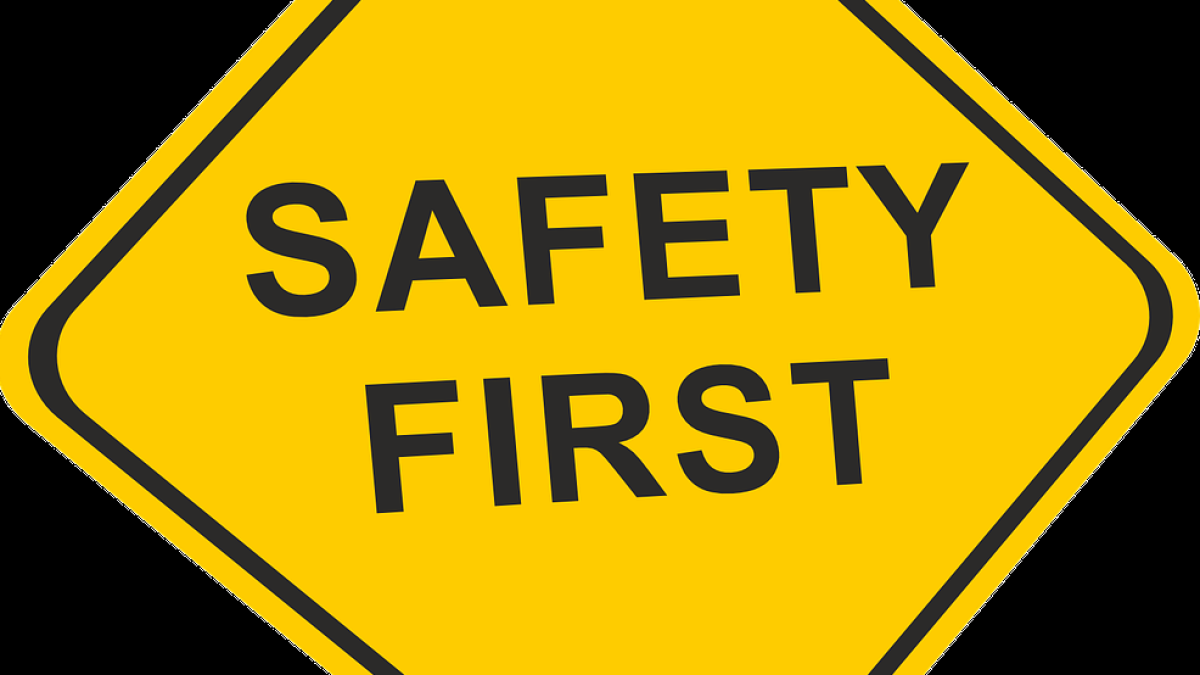Top 10 Safety Tips for Landscape Crews

Top 10 essential safety tips for landscape crews to prevent accidents and ensure a secure, productive workday. Actionable advice for every landscaper!
Keeping landscaping crews safe is about more than just following rules—it’s about creating a workplace where everyone feels secure, valued, and ready to do their best work. In landscaping, safety isn’t just one part of the job; it’s the foundation for every project, big or small. From proper training to daily safety check-ins, each step we take protects not only our crew but also the homes and landscapes we care for. Here are the top 10 safety tips every landscape crew should follow to ensure a smooth, productive, and incident-free workday.
1. Ensure Proper Training and Certification
Safety starts with the basics. Every crew member should be well-trained on essential safety protocols, equipment handling, and hazard identification. Training should cover everything from the safe use of tools to recognizing potentially dangerous plants or materials. Certifications like OSHA (Occupational Safety and Health Administration) courses on outdoor safety can provide valuable insights, but at a minimum, make sure each person is knowledgeable in the basics.
Quick Tip: Regular refresher courses can keep everyone sharp and aware of best practices.
2. Begin Each Day with a Safety Briefing
A few minutes each morning spent discussing the day’s plans and potential hazards can go a long way. Daily safety briefings, often called tailgate talks, set the tone and help everyone understand the specific risks they might face. Whether you’re dealing with steep slopes, proximity to traffic, or slippery conditions, having an open discussion can prevent mishaps.
Quick Tip: Tailgate talks don’t need to be lengthy. A quick five-minute rundown with actionable tips will help everyone stay alert and ready.
3. Equip Everyone with Personal Protective Equipment (PPE)
Personal Protective Equipment is essential for every landscaping job, whether it’s trimming, mowing, or handling chemicals. Standard PPE includes gloves, helmets, goggles, ear protection, and sturdy, slip-resistant boots. Ensuring your crew is equipped with and consistently wearing PPE protects them from injuries and sets a professional standard for each job.
Quick Tip: Check that each crew member’s PPE is in good condition before each shift. Damaged or worn-out PPE is as risky as having none at all.
4. Handle Heavy Machinery Safely
Landscaping involves powerful machinery, from lawn mowers to trimmers and leaf blowers. To operate these safely, every crew member should know how to start, operate, and maintain each piece of equipment. Encourage caution when using machinery on uneven ground, and always turn off equipment before making any adjustments.
Quick Tip: Only trained and authorized crew members should operate heavy machinery. Assign these tasks based on experience, not convenience.
5. Protect Against Heat and Sun
Landscaping means long hours outdoors, often in the sun. Heat exhaustion and sunburn can quickly turn into serious issues. Equip your team with hats, sunscreen, and breathable, light-colored clothing. Make it easy for the crew to stay hydrated with regular water breaks, and if possible, provide a shaded rest area.
Quick Tip: Encourage the crew to take water breaks every 20 minutes and watch for signs of heat stress, like dizziness or excessive sweating.
6. Use Proper Lifting Techniques
Landscaping is physically demanding, and improper lifting is a common cause of injury. The right technique can make a huge difference. Remind your team to bend their knees, keep their back straight, and lift with their legs, not their back. For large or heavy items, make use of tools like wheelbarrows or ask for help from another team member.
Quick Tip: For heavier items, lifting as a team can prevent injuries. When in doubt, share the load.
7. Safely Handle Hazardous Materials
From fertilizers to pesticides, landscape crews often deal with chemicals that need to be handled with care. Proper storage and labeling of these substances is essential, as is wearing the right PPE when handling them. Always follow the manufacturer’s guidelines for safe application and disposal.
Quick Tip: Keep Material Safety Data Sheets (MSDS) on hand to quickly reference safety information about any chemicals in use.
8. Prioritize Clear Communication
Good communication on-site is crucial for keeping everyone safe. Use hand signals, radios, or clear verbal cues to ensure that all team members understand their tasks and are aware of each other’s movements. This is especially important around heavy machinery and areas with limited visibility.
Quick Tip: Establish hand signals for common tasks or instructions, like “stop,” “go,” and “watch out,” to make communication efficient, even in noisy environments.
9. Maintain Awareness of Surroundings
Landscaping jobs can come with unexpected hazards, such as uneven ground, hidden stumps, or low-hanging branches. Encourage everyone to keep a close eye on their surroundings and avoid distractions. Regularly scanning the environment and staying aware of potential hazards will help prevent trips, falls, and other accidents.
Quick Tip: Before starting work, walk around the job site to identify any hazards and take a moment to “know the ground.”
10. Prepare for Emergencies and Know Basic First Aid
Accidents can happen, even with the best safety measures in place. Ensure that every crew member knows where the first aid kit is located and has basic first aid knowledge. Equip your team with an emergency action plan that includes key steps like who to contact and where to go in case of an emergency.
Quick Tip: A quick first-aid refresher every few months can keep these skills sharp and build confidence in handling minor incidents on the job.
Safety isn’t just about wearing gloves or checking equipment; it’s a mindset that everyone on a landscape crew should adopt. By following these top 10 safety tips, landscape crews can minimize risks, enjoy a more efficient workday, and leave every job site feeling accomplished and unharmed. Creating a safe work environment doesn’t just protect your crew; it strengthens the reputation of your business and ensures every project is completed successfully.
Additional Resources
For more information on workplace safety training and to find courses tailored to your needs, check out MyLandscapeAcademy. Together, we can create a safer future for your landscaping team.
Categories: : Employee Training
 Bruce Allentuck
Bruce Allentuck 